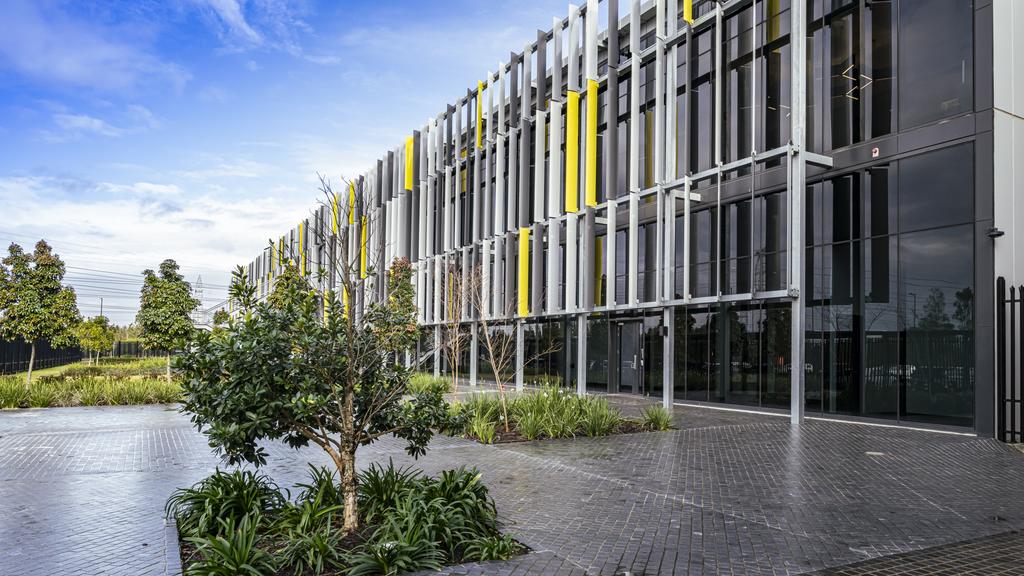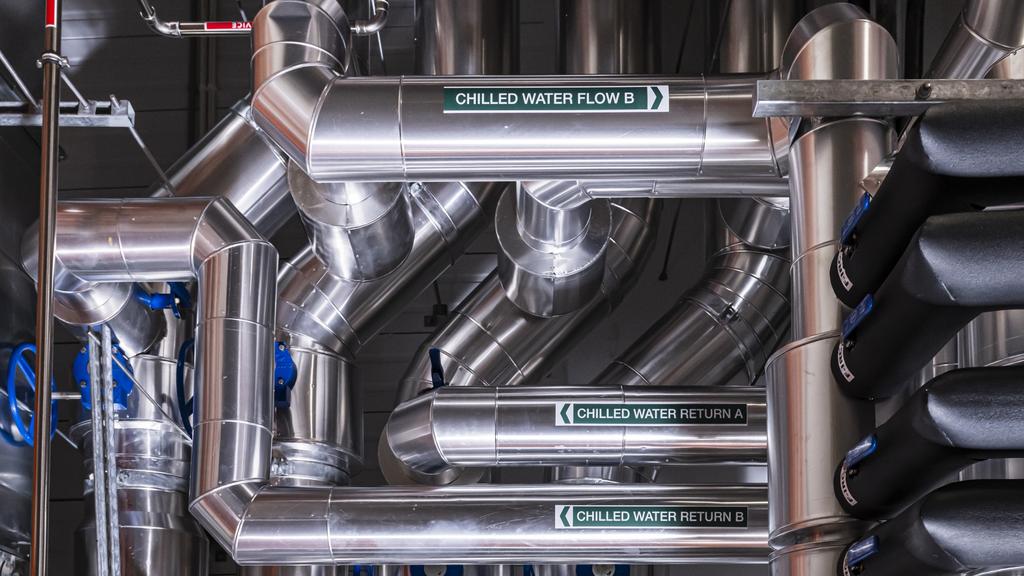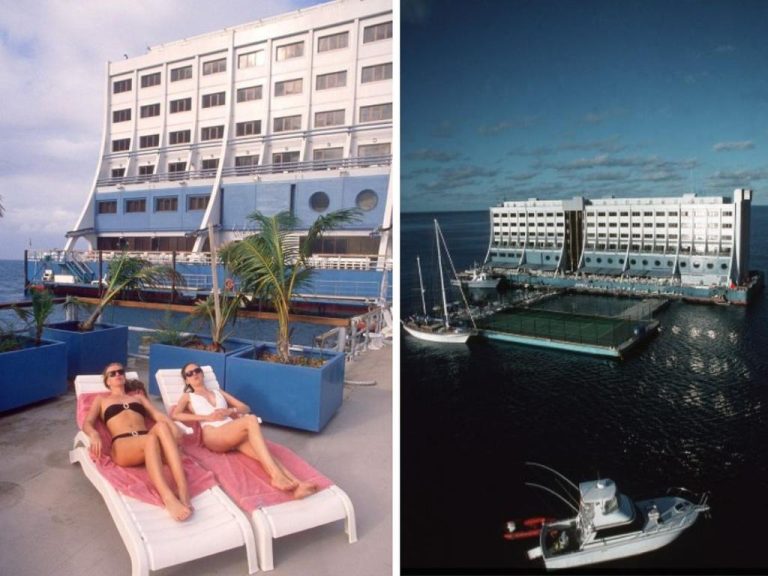How Canberra drought made Aussie data centre developer into a liquid cooling pioneer

CDC’s liquid cooling technology, first pioneered 17 years ago.
A prominent Canberra-based data centre developer that came to life amid a drought has become an unintentional pioneer in liquid cooling technology.
CDC, which was founded in the nation’s capital 17 years ago, was under dramatic pressure when it first looked to find a solution to keep power-hungry data centres cool without breaching water restrictions.
Before building out its first data centre, its engineers came up with a solution: a closed-loop cooling method that could be filled once and never again, keeping computer racks cool without relying on other methods of dissipating heat, such as air.
It’s an experiment that has made the data centre developer an accidental pioneer in liquid cooling, which is not only increasingly popular but the only way companies are able to keep giant data centres cool amid the artificial intelligence boom.
Now the company estimates it has saved 5 billion litres – or about 2000 Olympic-sized swimming pools of water – annually across its 14 data centres, which have a combined 302 megawatt capacity, according to CDC chief strategy officer Jack Dan.
“A normal data centre that relies on evaporative cooling of cooling towers would use about 800 millilitres of water per megawatt per second,” Mr Dan said.

A CDC data centre which uses considerably less fluid to cool systems thanks to advanced technology
“If you think about a single megawatt data centre, which is very small by today’s standards, that would use 25 million litres of water in a year. That would just spew the atmosphere and never recover.”
Air cooling, once the most popular and cost-efficient choice in data centres, is being effectively phased out as dense computer racks, which chew more electricity and have more processing power, produce significantly more heat and require newer cooling technologies.
This change of cooling technology is resulting in some operators getting caught out with older data centres that are unable to be retrofitted with liquid cooling technology.
But CDC did not have that problem, Mr Dan said, with the company already having liquid cooling in place and another structural preference that allows it to carry more weight.
“CDC was probably also one of the first data centres that have used a solid concrete floor as opposed to raised floors,” Mr Dan said.
Part of the reason CDC developed its closed loop cooling system was that it had listened to former prime minister Kevin Rudd, who in 2007 had declared that climate change was the greatest challenge of his generation, Mr Dan said.
“The company started with this ethos of being a clean and green data centre provider,” he said.
“We had to make sure that, especially in Canberra which was subject to water restrictions, we didn’t build a new facility that would suck more water from the existing pool available.”

CDC’s liquid cooling system.
In CDC’s cooling system, water is recycled through over and over again to help dissipate the head. “The system gets filled once and then it pretty much stays there for the duration of the data centre, which is 50-plus years,” Mr Dan said.
“One of our average data centres would have about 300,000 litres of water that is moving around at about 500 litres per second.”
With water and power constraints becoming key factors for the future of data centres, the value of CDC’s approach will be put to the test as the owners of the $16bn data centre enterprise have begun a hunt for a new capital partner, with initial bids due in mid-December.







